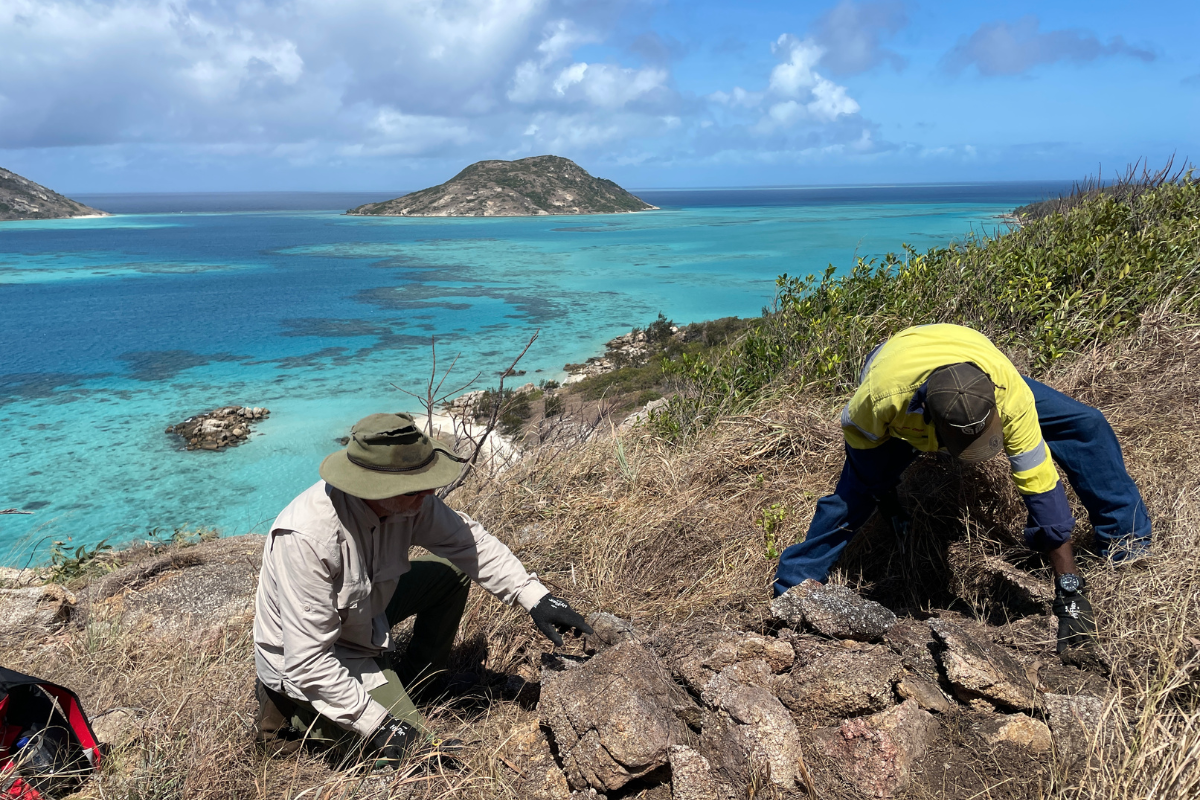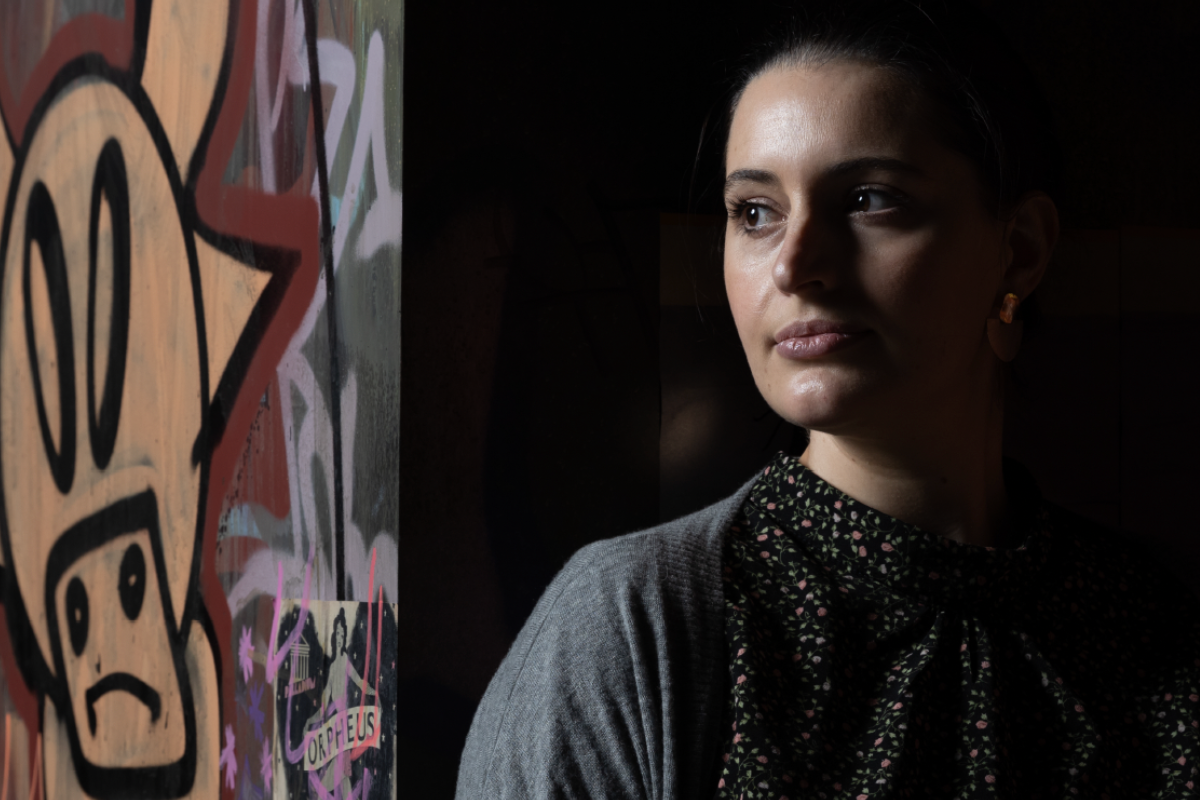
Detail of display artist Andrew Gibbons painted Sunday 12 January 2020 on Melbourne’s Hosier Lane, a narrow laneway renowned for graffiti art.Our nation is still reeling from widespread bushfire attacks on our communities and natural environment. The devastation of life, property, livelihood and cultural heritage already has been monumental, yet we are only halfway through summer.
In responding to the fires, we have seen incredible leadership from people in the creative sector.
From individual creators running fundraising sales and the amazing charity effort led by comedian Celeste Barber to concerts and donations by some of our global stars, the early response has been stellar. But that’s only the start of how culture and creativity can help us get through this unprecedented crisis.
While the immediate challenges include damage assessment, re-establishing essential services and rebuilding homes, the extensive recovery effort is a long, complex and challenging task, and Australia’s cultural community has a crucial role to play. Those tasked with recovery and rebuilding must recognise that creative and cultural assets are crucial to the longer-term economic and emotional reconstruction of communities devastated by the fires.
There is clear evidence of the benefits of culture and creativity to personal and community wellbeing, especially after a time of enormous upheaval.
After hurricanes, floods, tsunamis and other natural disasters, cultural workers are often at the forefront of the human recovery effort, creating ways for people to gather and rebound from the shock, trauma and sadness Associated with the crisis.
In our recent report, Transformative: Impacts of Culture and Creativity, A New Approach outlined the many benefits for people engaged in cultural or creative activities: educationally, economically, through better health out comes, and in their recovery from catastrophe and natural disasters. After a natural disaster, cultural activities are much more than just entertainment or distraction.
Through culture and creativity, people can express feelings of loss, grief and hope as well as start to imagine the future. Following many disasters, such activities provide a constructive outlet for expressions of emotions.
For example, following one of the deadliest natural disasters in Australia’s history, the 2009 Black Saturday bushfires in Victoria, new models of support using culture-focused activities were trialled to help rebuild the affected communities. Arts Victoria funded 47 creative projects to help reduce the levels of distress, depression and anxiety while increasing hope, feelings of wellbeing, belonging and security, and the overall confidence of the community. In the aftermath of the 2003 Canberra firestorm, artists worked with the community, particularly those most affected by the fires, to create a memorial that provided an outlet for the sharing of stories and experiences.
Similarly, after Cyclone Yasi and the catastrophic floods in Queensland in early 2011, 25 projects were included in the Creative Recovery Pilot Project funded by Arts Queensland and the Australia Council.
In all cases there were clear guidelines to ensure short, medium and long-term benefit for those affected by these disasters.
There have been similar experiences overseas.
When Hurricane Sandy slammed into New York in 2012, Caron Atlas, director of the not-for profit Arts & Democracy Project, set about using cultural workers at the frontline of a “wellness centre” to help with the healing for 500 vulnerable, special-needs evacuees — mainly the elderly and people with physical and mental disabilities.
And when the earthquake and tsunami rocked northeastern Japan in 2011, claiming more than 10,000 lives, museums were part of the response and recovery effort. Sudo Ken’ichi, director general of Minpaku, the National Museum of Ethnology, has described how they deployed expertise and resources to assist with salvage of cultural material and to help rural areas reestablish an important cultural festival.
The cultural and creative activities that have the greatest success are those that help reconnect affected communities, reduce feelings of isolation, strengthen people’s connection to place, provide an opportunity for reflection and commemoration, and create a shared sense of hope and optimism. So we are pleased to see the federal government’s financial commitments include “public activities and events to bring communities together and attract visitors back to affected regions”.
Cultural programs should complement the broader recovery approach. Just as the head of the National Bushfire Recovery Agency, Andrew Colvin, is seeking a community-led and community-built recovery, cultural initiatives should be designed by, or in close consultation with, affected communities and should respond to local issues and needs.
This is not the first time our country has burned and it won’t be the last. We need to ensure we are drawing on the knowledge developed in the past by cultural researchers and practitioners as well as documenting and evaluating the current fire season and recovery process.
We are calling on all disaster recovery agencies to embed cultural and creative activities into their community recovery strategies, and then — once the most urgent needs of health, food and shelter are met — to use the healing effects of cultural activities to give people a sense of normality at a time when things around them seem out of control.
About A New Approach
A New Approach was established in 2018 to champion effective investment and return in Australian arts and culture. It was created through a $1.65 million commitment by The Myer Foundation, the Tim Fairfax Family Foundation and the Keir Foundation, with lead delivery partner, the Australian Academy of the Humanities.



